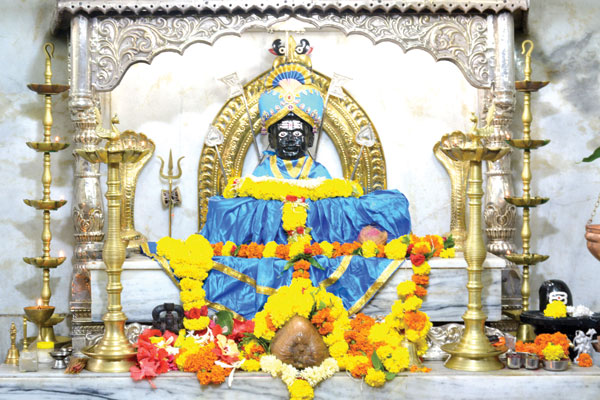
The port city of Vasco-da-Gama in Goa is usually a quiet place, but it comes alive with the vibrant Vasco Saptah festival. This year, Vasco Saptah begins on 10th August 2024, transforming the city into a hub of activity and devotion.
Accessibility and Location
Vasco-da-Gama is easily accessible by road and is the closest city to Dabolim airport. The city also has its own railway station, making it convenient for visitors.
The Saptah Festival
Saptah means ‘7 days,’ and the festivities continue for an entire week. Thousands of devotees gather in Vasco to pay their respects to Lord Damodar. The main celebration takes place at the Lord Damodar temple, and the surrounding area, especially Swatantra Path, Marg, is filled with a large mela (fair) with various stalls.
The Mela
The mela is a significant part of Vasco Saptah, offering a variety of items from household goods to clothing and footwear. These stalls can remain open for at least 15 days, attracting visitors from all over.
Historical Significance
Goa is known for its inter-religious harmony, with various communities coexisting peacefully. August is a special month for all religious communities in Goa. The blessings of Goa’s gods and goddesses are sought for good crops, protection from evil, and to start new chapters in life. In the past, devotees traveled long distances to pray for protection against plagues and other diseases.
The Tradition of Nagpanchami
One significant event celebrated during Vasco Saptah is Nagpanchami. The festival honors Lord Damodar, who is believed to have saved Vasco’s ancestors from a severe disease, possibly plague or cholera, in 1898. According to local lore, the disease was wreaking havoc in the town, and locals decided to pay obeisance at the Lord Damodar temple in Zambaulim. After a long and difficult journey, they brought back prasad with a coconut, placing it in the home of a prominent businessman, Anant Joshi. This coconut, installed on July 28, 1898, marked the beginning of the Saptah celebrations.
Festival Highlights
The faith in Lord Damodar by the locals led to the start of the Saptah celebrations. The festival’s highlight is a 24-hour non-stop bhajan (devotional singing) along with a week-long mela. The Maharudrap pooja, performed the day after Nagpanchami, welcomes about 30 to 40 Brahmins to conduct auspicious rituals.
Traditional Rituals
The Saptah festivities begin with enthusiasm at 12:30 PM after Nagpanchami. An elder of the Joshi family offers a coconut to Lord Damodar, followed by continuous bhajan recitation for 24 hours. At night, a procession brings a beautifully decorated tableau (par) with mythological themes to the temple. The following day, participants parade the blessed coconut through the streets with chanting and dindi (devotional dance). They then dip the coconut into the sea before the procession returns home.
Conclusion
Vasco Saptah is more than just a festival; it is a vibrant celebration of faith, culture, and community. This year, starting on 10th August 2024, Vasco-da-Gama will come alive with the spirit of Saptah, offering a unique and enriching experience for all who attend.

